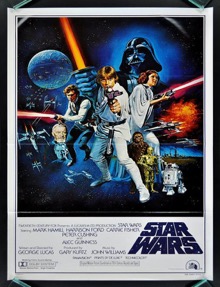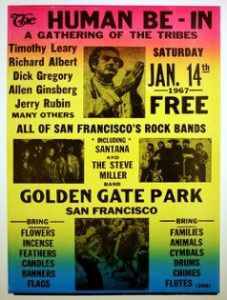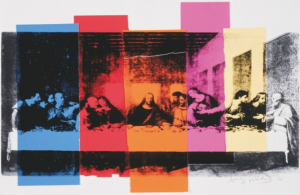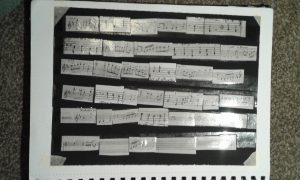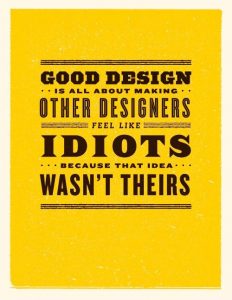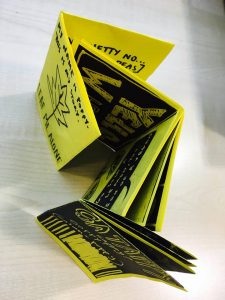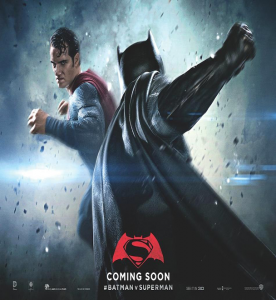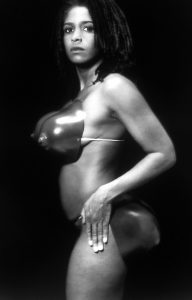The first counter culture image I chose is the original Broadway poster of the Biltmore theater for The American Tribal Love-Rock Musical- Hair, it is a product of the hippie counterculture and sexual revolution of the late 1960s, several of its songs became anthems of the anti-Vietnam War peace movement. Visually this poster, looks very creative and appealing. The combination of colors totally brings out the spirit of the theme behind the poster which is to promote the musical.
The second poster I chose is the official poster of Star Wars, we can call the posters of Star Wars “a visual history” because there were around eight posters created for the movie in the 1970’s itself, but this is the one which was admired by most of the people. From the placement of the Star Wars logo to the visually appealing background, everything in this poster seems to be perfect. Even in terms of visual mapping, it follows the correct pattern as the visual mapping starts from the upper left corner and ends smoothly to the bottom right. In terms of the colors used in the poster, they totally balance with the theme of the movie and the character placement is also done properly. My field of study being Graphic Design, I am inspired by this design and the fact that this was created in 1970’s as the design approach used in this poster is still used by a lot of designers.
The third image I chose has more of a typographic approach of design, and that is one of my favorite type of design. This poster has different types of fonts and text sizes. The placement of the text is also done in different ways. The main heading that has the text- “The Human Be-In” doesn’t really seem to be placed properly, because visually “the” doesn’t look like a part of the heading. The use of leading in the upper half of the poster seems to be more appealing in terms of designing than the lower half. The background color selection gives the poster a refined look.
http://www.vintag.es/2013/01/star-wars-theatrical-posters-around.html
https://en.wikipedia.org/wiki/Hair_(musical)


